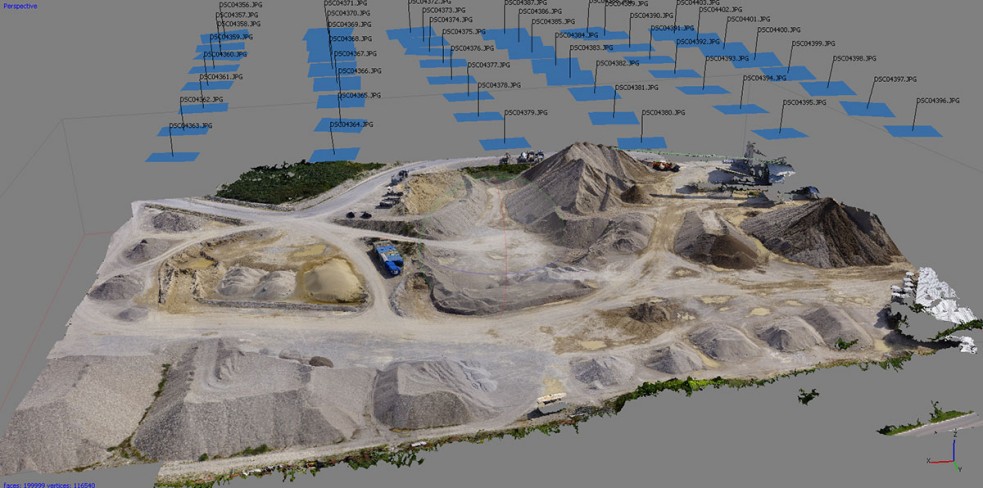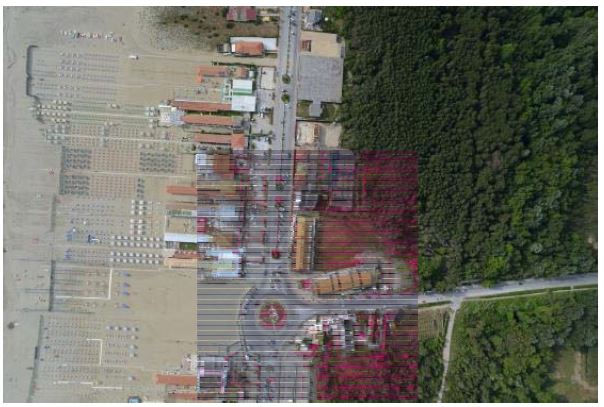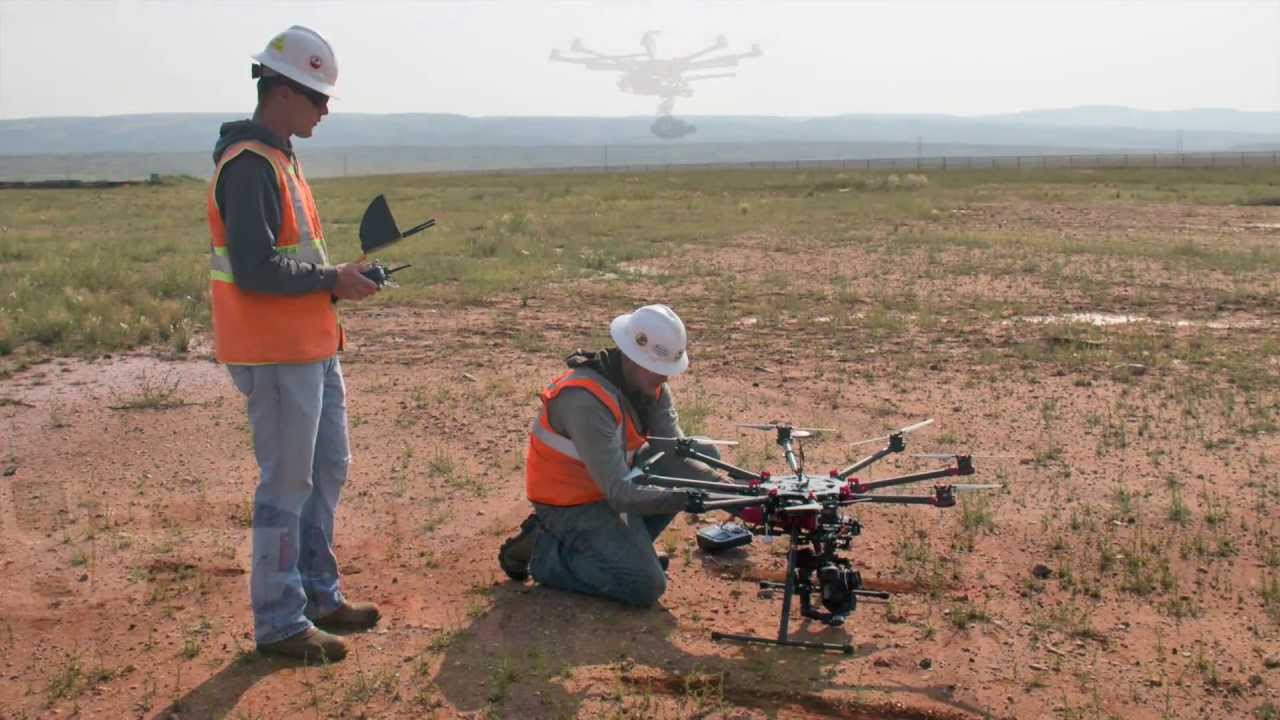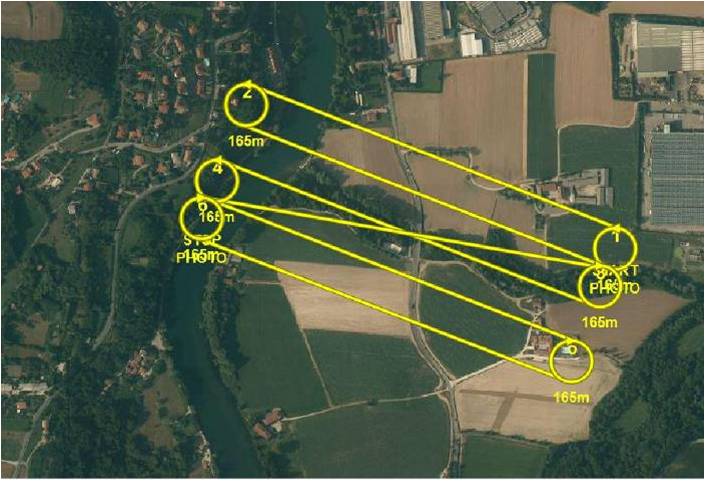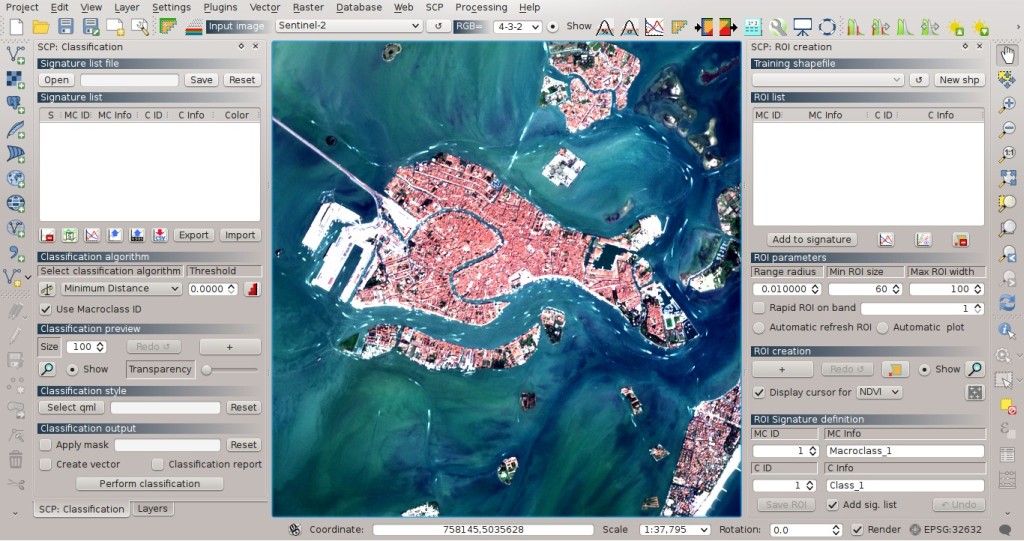The training course “Environmental monitoring and diagnostics” is aimed at the development and use of tools and measurement systems for monitoring functional to the management of environmental resources..
The intrinsic complexity of the interactions of the man-environment system requires important cognitive components related to the needs of identification, acquisition and processing of the quantities necessary to simultaneously assess the state of resources and the impact of pressures of human origin. Completely in line with the spatial and dynamic characteristics of the system itself, the application needs of the sector include very different situations, both in terms of the dimensional scales covered by the measures and of the time extensions necessary for the adequate evaluation of their evolution. The nature and typology of the parameters to be measured is equally – if not more – variegated: the monitoring of physical, chemical and biological quantities, as well as that of indirect indicators of systemic, biotic and abiotic characteristics, are examples that are adequately representative.
In recent decades, the conventional heritage of environmental surveying has undergone significant advances in the application possibilities of approaches based on methodologies that, originally developed for other purposes, have shown considerable potential for improving the description of the system. The simultaneous technological progress in measuring instruments and sensors has increased the achievable accuracy, allowing a continuous and constant growth in the improvement of the quality of the detection itself.
The nature and evolution of the approaches that can be applied to the monitoring of environmental characteristics involves, on the one hand, advanced instruments for the detection of the characteristics of interest (satellite measurements, acquisitions with autonomous guided devices such as drones, real-time acquisitions with portable telephony devices such as smartphones and tablets) and, on the other hand, that set of knowledge requirements for the storage, automatic processing, management and use of masses of data of enormous consistency and considerable complexity. In such a context, the professional skills of the environmental engineer have real opportunities to address the specialist field that involves the design, use and management of systems for the acquisition and analysis of the characteristics of the natural and man-made territory and their evolution.
The educational path proposed in the field of environmental monitoring and diagnostics provides the basic knowledge required for the design and formulation of data collection and management systems. The training is integrated with a set of specialized disciplines that address the cognitive tools needed to identify the needs of the measure, the application of advanced approaches in the acquisition, manipulation and processing of complex sets of data and the preparation of the related tools and filing systems, with an overall curriculum aimed at the professional skills required in the following areas of intervention:
- acquisition, management and representation of the physical characteristics of the territory through advanced technological tools;
- design, construction and maintenance of the chain of observation of environmental phenomena through monitoring systems and networks;
- monitoring the evolution of environmental processes through in situ and remote surveys;
- development of cartographic tools and management of networks for monitoring, observing and controlling the environment;
- formulation of methodologies for the control, diagnosis and observation of environmental components at different spatial and temporal scales
The training curriculum of the proposed course configures potential placements in different professional sectors:
- public bodies and services for environmental protection, civil protection, territorial protection and assessment of the environmental compatibility of plans and works;
- companies for the production and management of environmental instruments, remote sensors and environmental monitoring systems and networks;
- authorities and agencies for the planning and control of the territory and environmental resources;
public monitoring services, environmental protection and civil protection; - national and regional technical and cartographic services;
- companies and companies managing the technological networks of public utility services;
universities, public and private research institutes and bodies.

